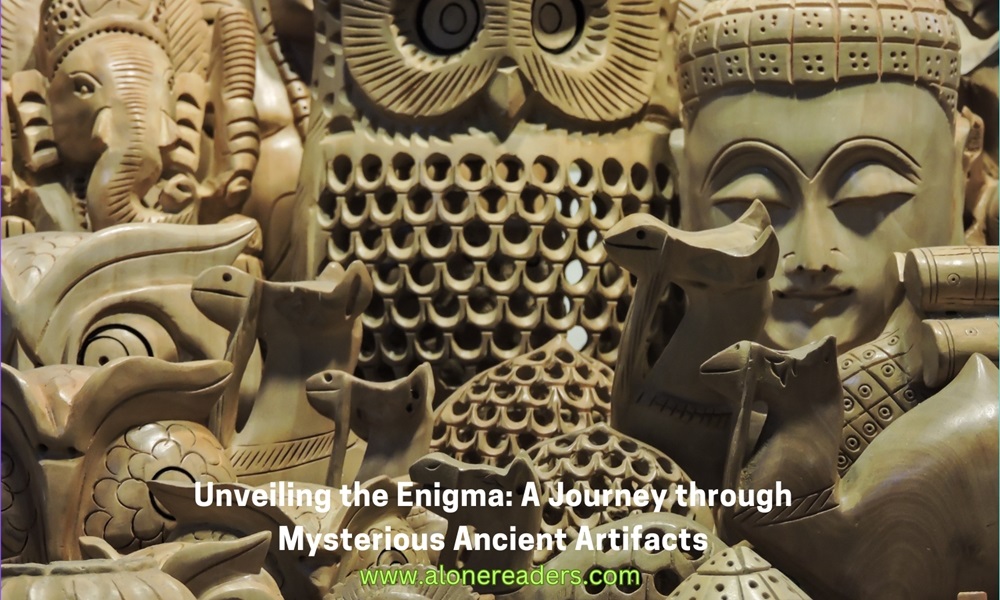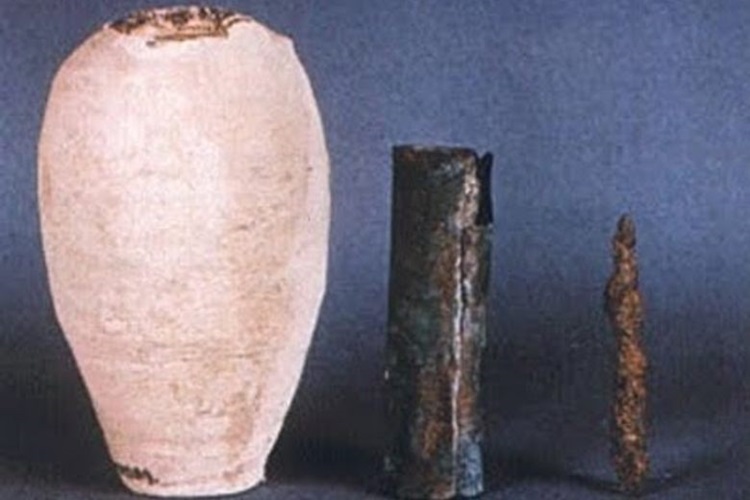
Throughout history, the discovery of ancient artifacts has often left us awestruck, sparking curiosity and debate among historians, archaeologists, and the public alike. These objects, shrouded in mystery, open a window to the past, offering clues yet often leaving more questions than answers. In this article, we explore some of the world’s most enigmatic ancient artifacts, delving into their histories, the myths that surround them, and the puzzles they continue to pose.
One of the most intriguing artifacts in history is the Voynich Manuscript. Dating back to the 15th century, this mysterious book is filled with unknown symbols and bizarre illustrations of imaginary plants and astronomical diagrams. Despite the efforts of the world’s best cryptographers, the language in which it is written remains undeciphered. The manuscript’s origins, purpose, and the meaning of its contents are still a source of speculation, making it a captivating subject for researchers and conspiracy theorists alike.
Discovered in a shipwreck off the coast of Antikythera, Greece, this ancient device, often dubbed as the world’s first computer, dates back to around 100 BC. The Antikythera Mechanism is an intricate assembly of bronze gears and dials. It is believed to have been used to predict astronomical positions and eclipses for calendrical and astrological purposes. Its sophistication is so advanced that it raises questions about the technological capabilities of the ancient Greeks.
The Terracotta Army, a collection of terracotta sculptures depicting the armies of Qin Shi Huang, the first Emperor of China, was discovered in 1974 by local farmers in Lintong District, Xi'an. This massive army, comprising over 8,000 soldiers, 130 chariots, and 670 horses, is considered a form of funerary art, buried with the emperor in 210–209 BC to protect him in the afterlife. The level of detail in each statue and the scale of the entire ensemble continue to astonish archaeologists and visitors alike.
In the Nazca Desert of southern Peru, a series of large ancient geoglyphs, known as the Nazca Lines, depict various animals, plants, and shapes. Created between 500 BCE and 500 CE, these lines are best seen from the air, leading to theories about their purpose, ranging from astronomical markers to messages to deities or even extraterrestrial beings. The exact reason why the Nazca people created these lines remains a subject of debate among historians and archaeologists.
The Rosetta Stone, discovered in 1799, is a granodiorite stele inscribed with a decree issued in Memphis, Egypt, in 196 BC. The significance of this artifact lies in its inscription, which is in three scripts: Ancient Egyptian hieroglyphs, Demotic script, and Ancient Greek. This stone provided the key to deciphering Egyptian hieroglyphs, a script that had been undecipherable for nearly 1,500 years, thus unlocking the secrets of ancient Egyptian civilization.

The Baghdad Battery | Photo: atlasobscura.com
The so-called Baghdad Battery, dating back to the Parthian period (250 BCE to CE 224), is a set of terracotta pots, each containing a copper cylinder and an iron rod. While some speculate that these artifacts were used for electroplating or as galvanic cells for electricity, there is no definitive evidence for their intended use. This has led to various hypotheses and debates among scientists and historians.
The Dead Sea Scrolls, found in the Qumran Caves near the Dead Sea, are a collection of Jewish texts that were written between the third century BCE and the first century CE. These scrolls include the earliest known surviving copies of Hebrew Bible texts, along with apocryphal and sectarian manuscripts. The discovery of the Dead Sea Scrolls has had profound implications for the understanding of the Bible and the history of Judaism and Christianity.
These artifacts, from the perplexing Voynich Manuscript to the enigmatic Nazca Lines, continue to fascinate and puzzle us. They not only offer glimpses into the lives and beliefs of ancient civilizations but also challenge our understanding of the past. As technology and research methods evolve, perhaps some of these mysteries will be solved. Until then, these ancient enigmas will continue to captivate the imagination and inspire endless research and speculation.
In the world of archaeology, every discovery is a piece of a never-ending puzzle. As we delve into these ancient mysteries, we are reminded of the incredible ingenuity, creativity, and complexity of our ancestors. These artifacts are not just relics of the past; they are timeless stories waiting to be fully told and understood.